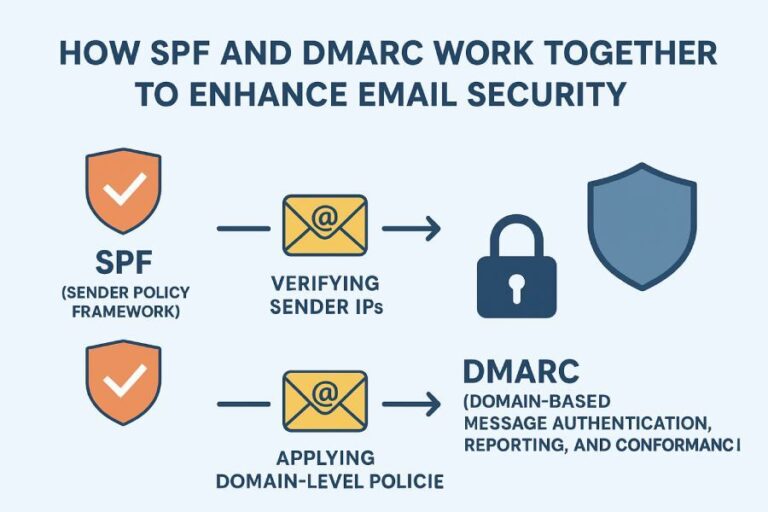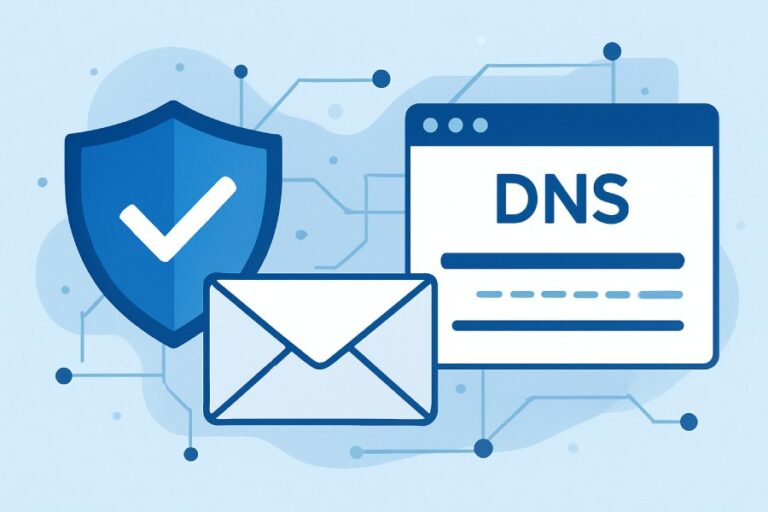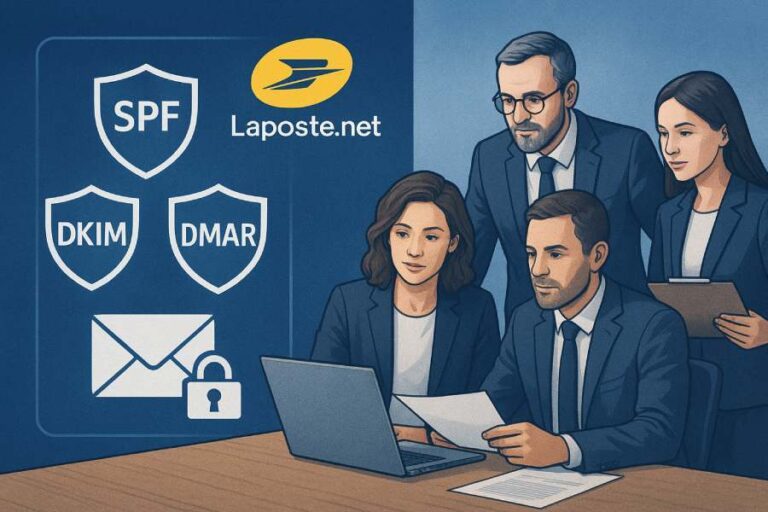How do SPF and DMARC work together to enhance email security?
Email channels were never considered a safe means of communication, and with the growing sophistication of artificial intelligence and machine learning, they’re being exploited even more. That’s the reason why a staggering 93% of organizations are now planning to strengthen their email security, driven by the rising threat of AI-powered phishing attacks. This is in…









